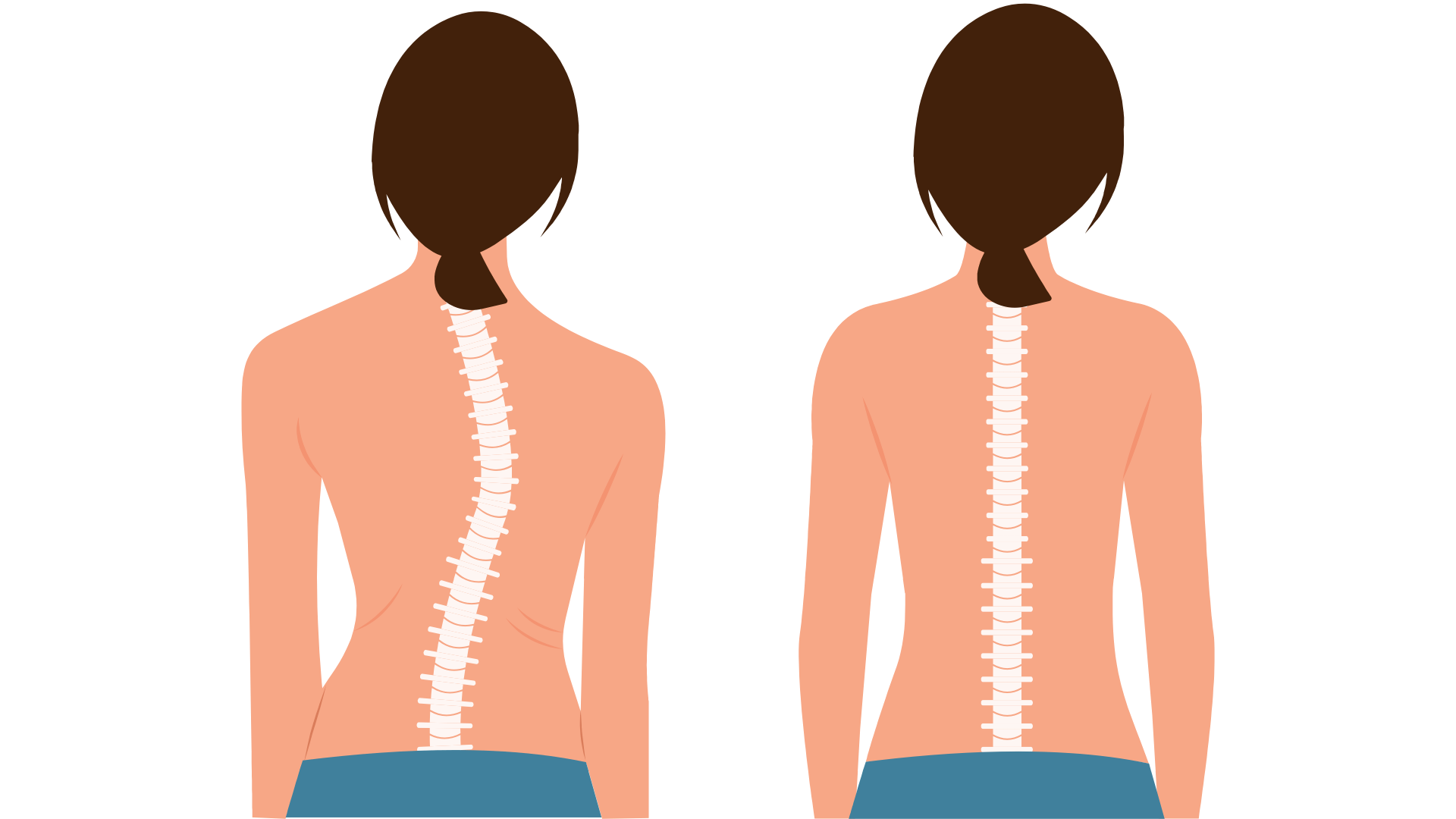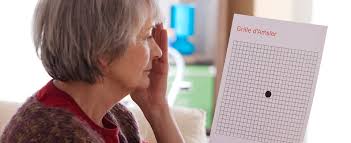
Scoliosis is a spinal condition characterized by an abnormal curvature of the spine, which can range from mild to severe. It's a condition that can affect individuals at any age but is most commonly diagnosed in children and adolescents. The spine's sideways curvature often takes on an 'S' or 'C' shape and can lead to various symptoms and complications if not managed properly.
Types and Symptoms of Scoliosis
The most prevalent form of scoliosis is idiopathic scoliosis, which lacks a definitive cause and is typically observed in adolescents. Other types include degenerative scoliosis, which occurs as the spine and joints age, and congenital scoliosis, a rare condition present at birth due to spinal malformations. Neuromuscular scoliosis is associated with conditions like cerebral palsy or muscular dystrophy.
Symptoms vary, with common indicators being uneven shoulders, a visible curve in the spine, and an asymmetrical waist or hips. Severe cases may lead to back pain, breathing difficulties, and a limited range of motion.
Causes and Diagnosis
While the exact causes of scoliosis are often unknown, genetic factors can play a role, as the condition sometimes runs in families. Congenital scoliosis stems from spinal abnormalities at birth, and neuromuscular conditions can also contribute to its development.
Diagnosis involves a physical examination and imaging tests such as X-rays, MRI, or CT scans to confirm the presence and assess the severity of the curvature. Early detection is vital for effective treatment.
Treatment Approaches
Treatment options for scoliosis depend on the curve's severity and the specific type of scoliosis. Mild cases may only need regular monitoring, while moderate curves, particularly in children and adolescents, may require bracing. Severe scoliosis might necessitate surgical intervention to correct spinal alignment.
Non-Surgical and Surgical Treatments
Non-surgical treatments include physical therapy to strengthen and stabilize the spine and bracing to prevent further curvature. Pain relief methods, such as medication or exercises, can also be beneficial.
In cases of severe scoliosis, surgery like spinal fusion may be performed. This procedure aims to reduce the curvature and prevent it from worsening, potentially improving the quality of life for those with significant curvature.
Living with Scoliosis
Despite the challenges, many individuals with scoliosis lead full, active lives. Regular medical care, lifestyle adjustments, and support from groups and counseling can help manage symptoms and cope with the condition.
Coping Strategies and Preventive Measures
Coping with scoliosis involves both physical and emotional support. Physical therapies can enhance comfort and mobility, while emotional support from family, friends, and support groups is crucial. Although not all forms of scoliosis can be prevented, regular physical activity, maintaining a healthy weight, and early screening can be beneficial.
Impact on Daily Life
Scoliosis can affect daily activities, particularly if severe. It may cause discomfort during prolonged sitting or standing and require adjustments in participation in certain sports or activities. However, with proper management, these impacts can be minimized.
Empowerment through Knowledge
Scoliosis is manageable with the right knowledge and resources. Online platforms provide information on treatment options, coping strategies, and support networks. By empowering yourself with knowledge about scoliosis, you pave the way for effective management and a fulfilling life. Start your search today to deepen your understanding and find supportive communities.




